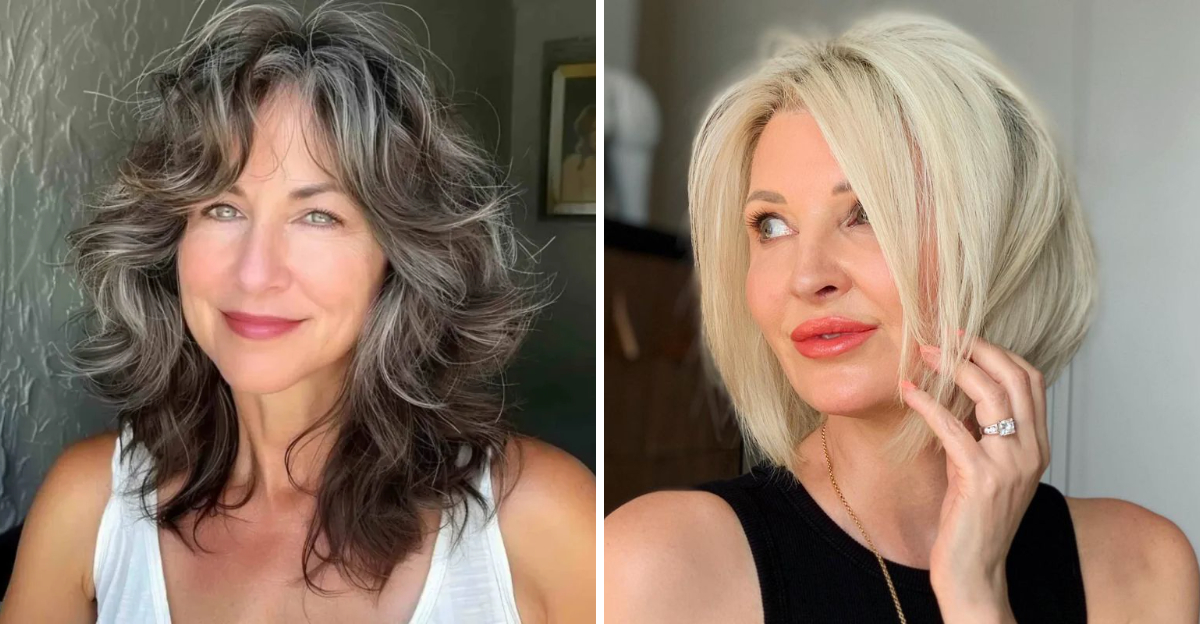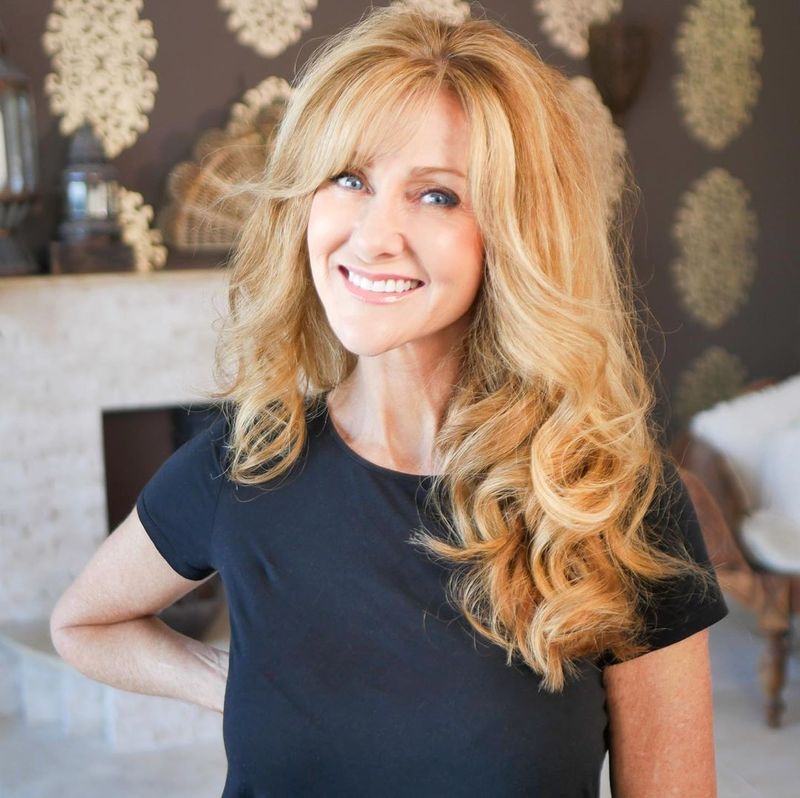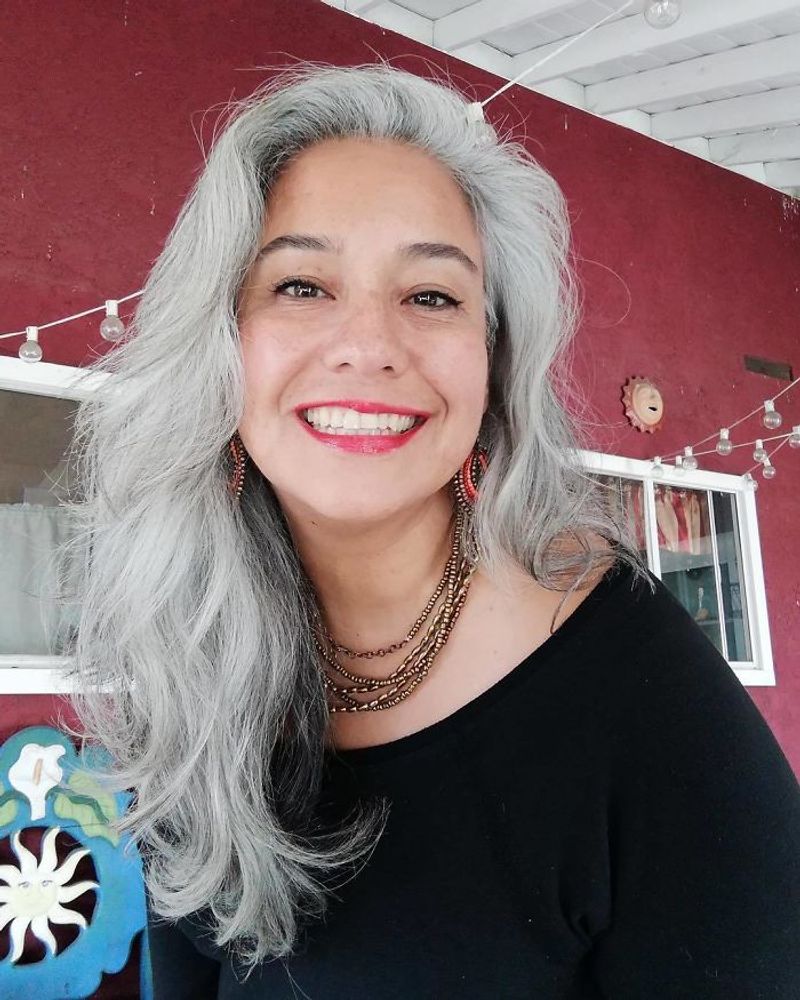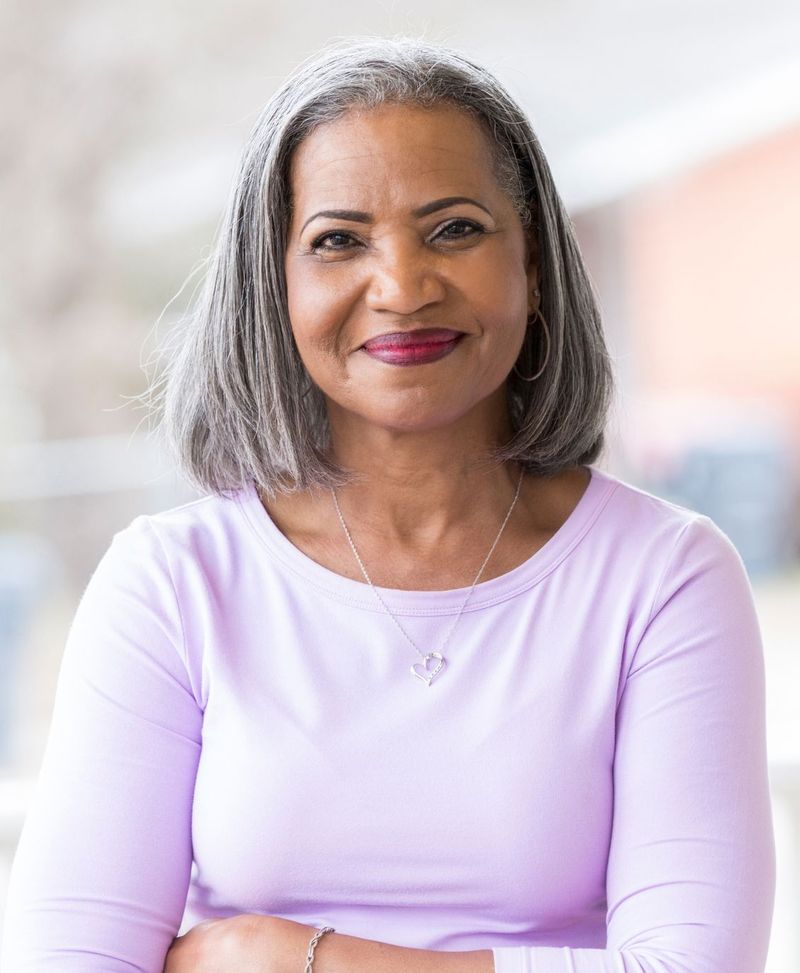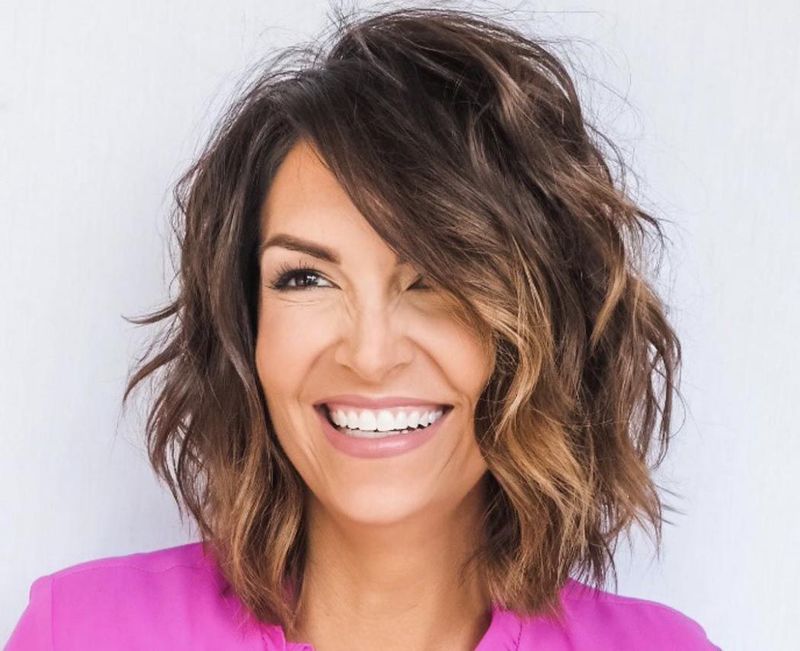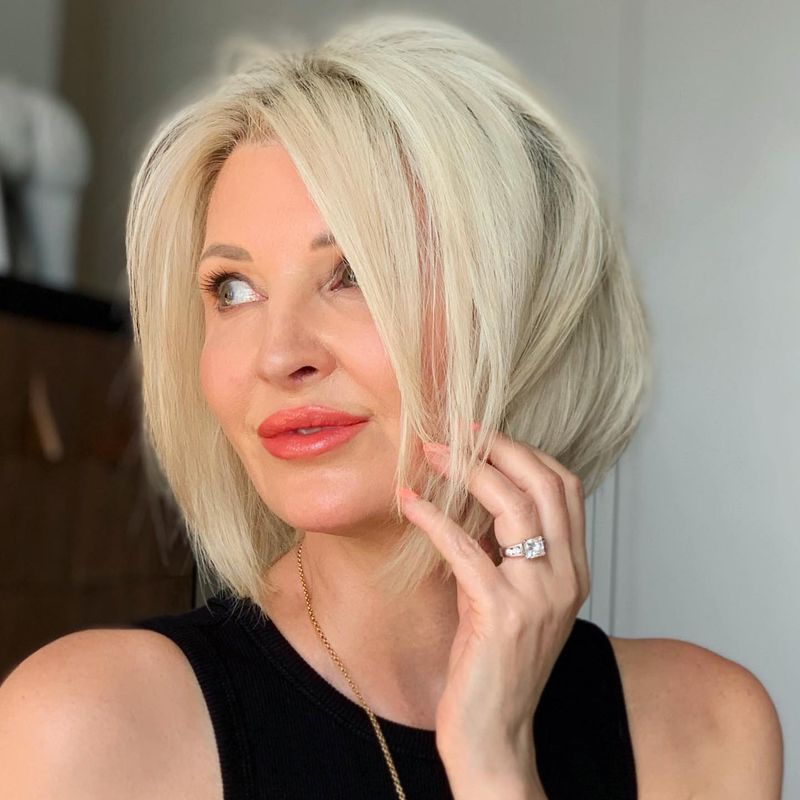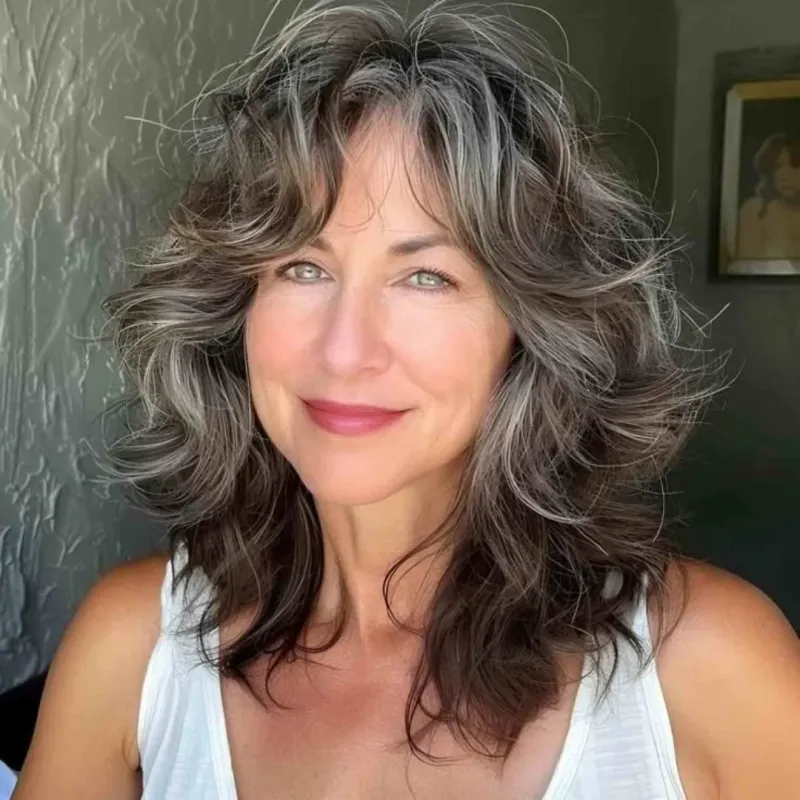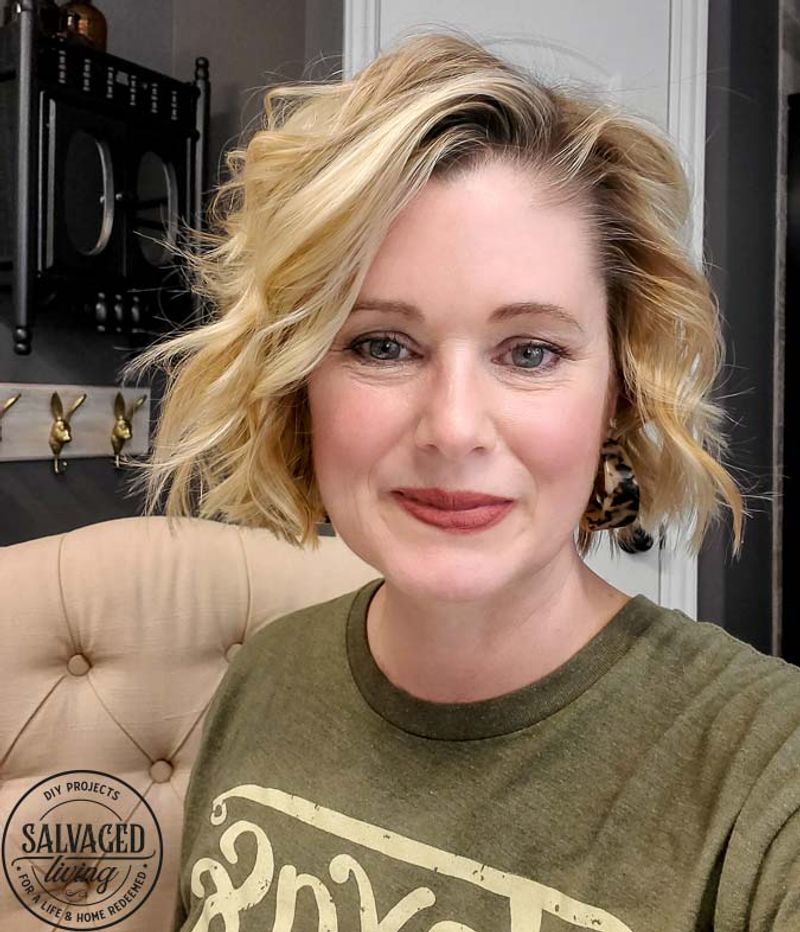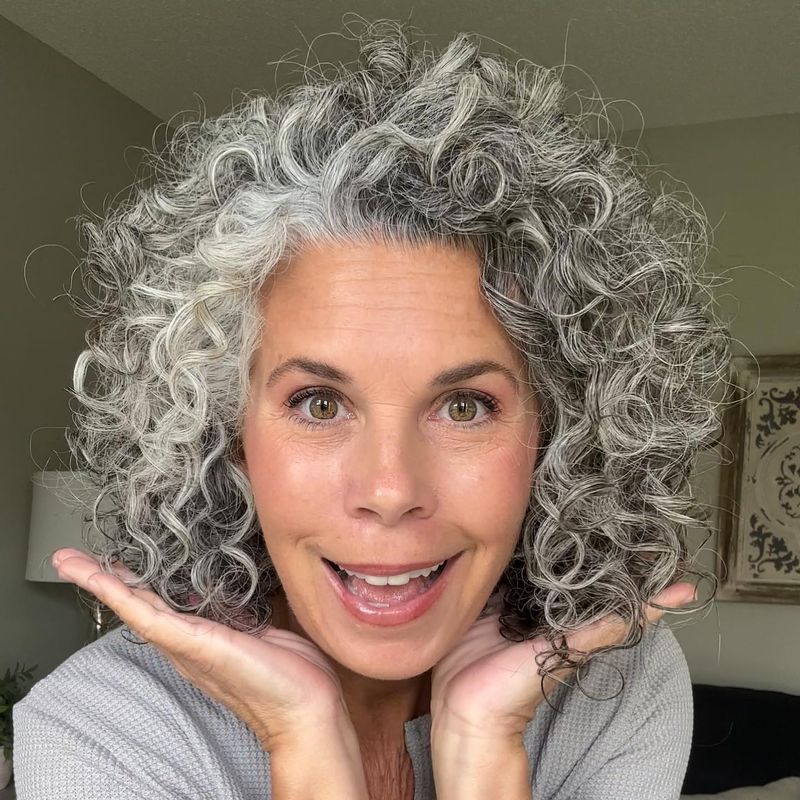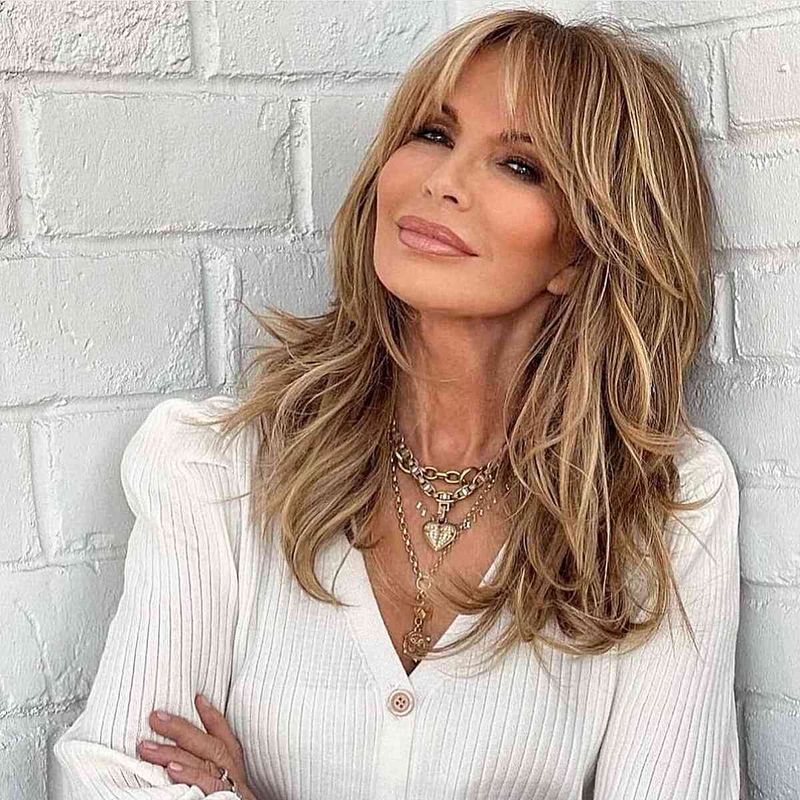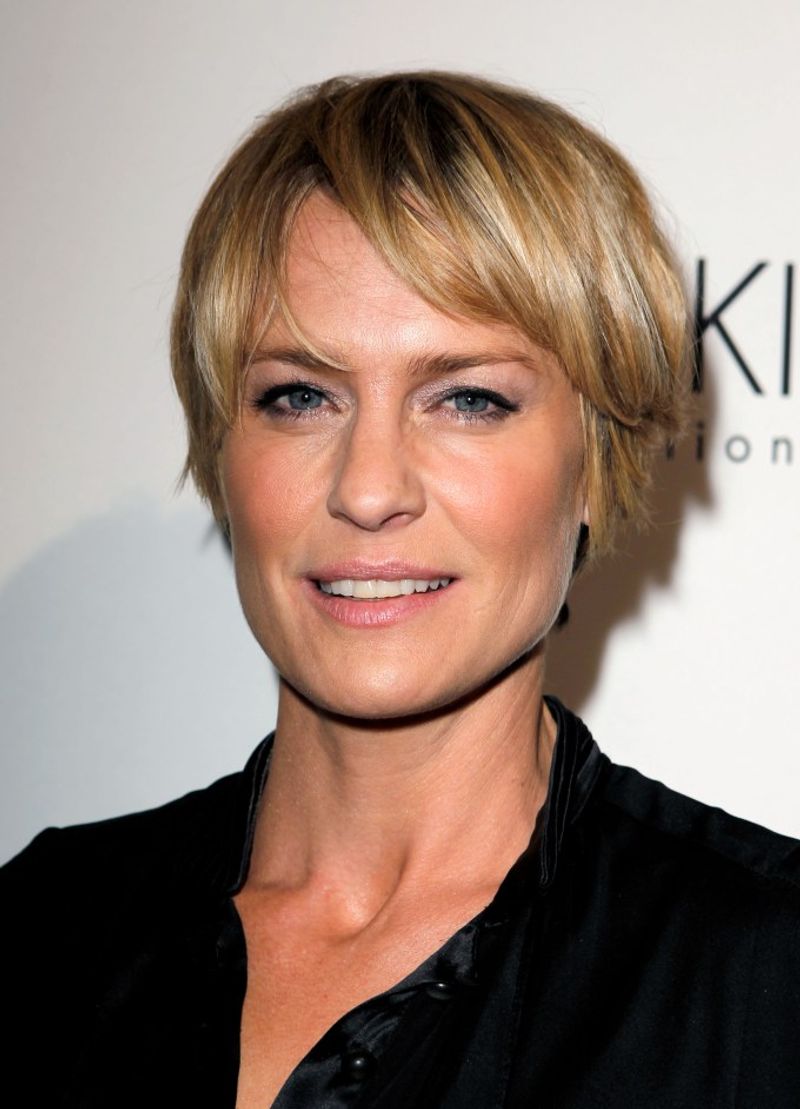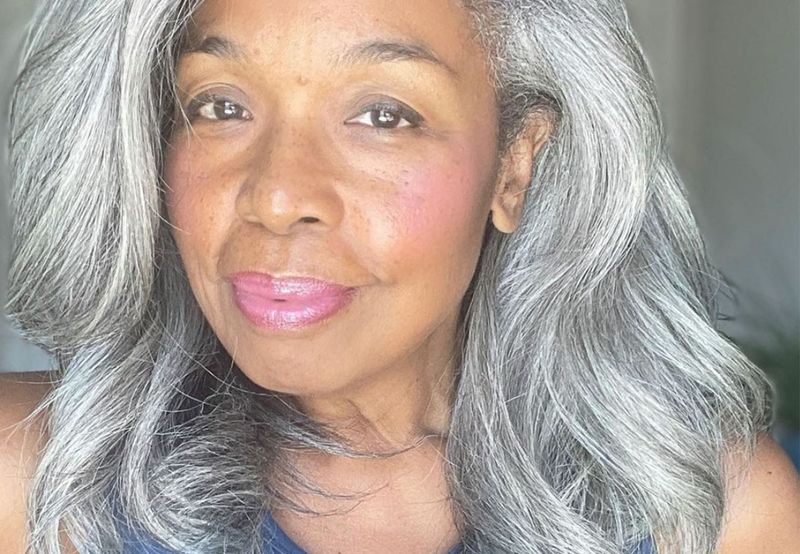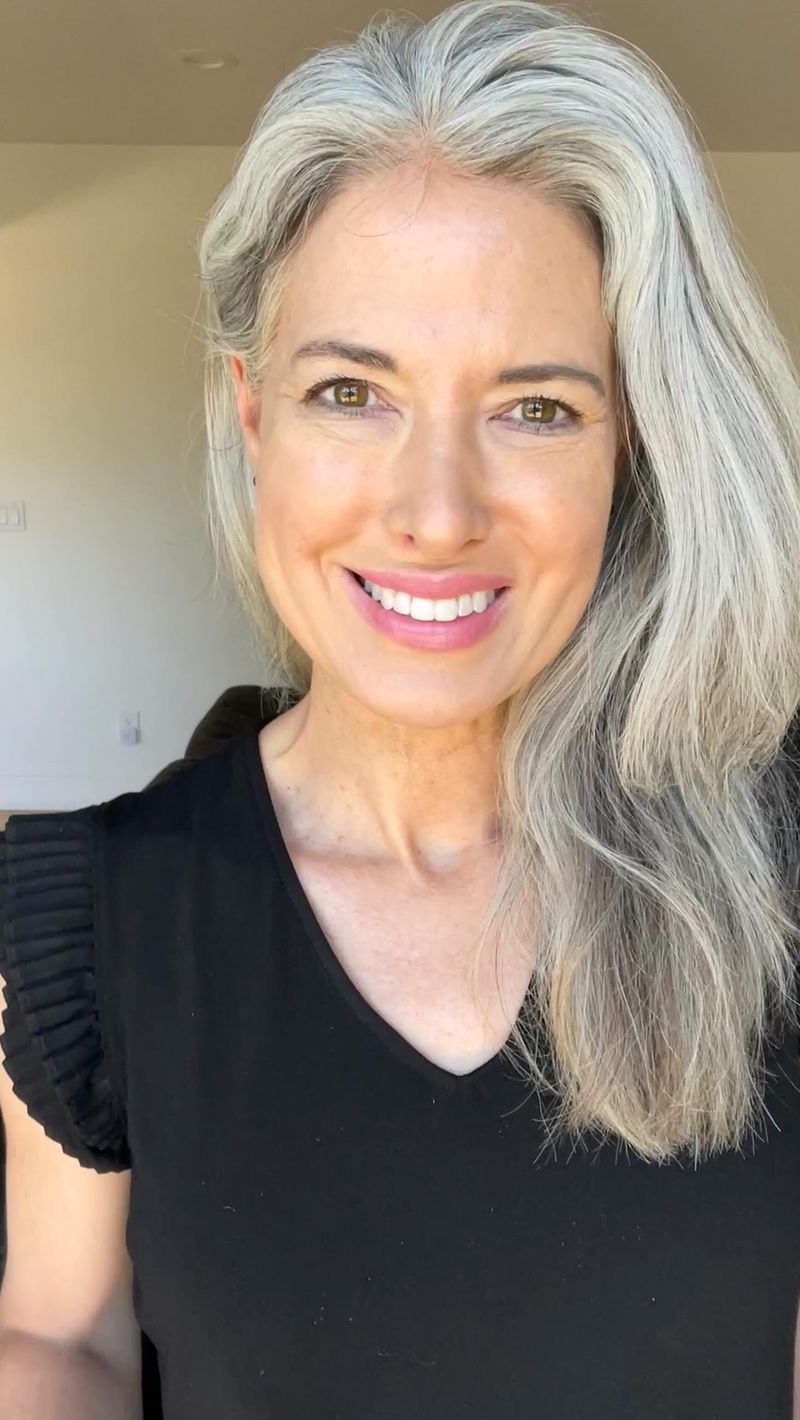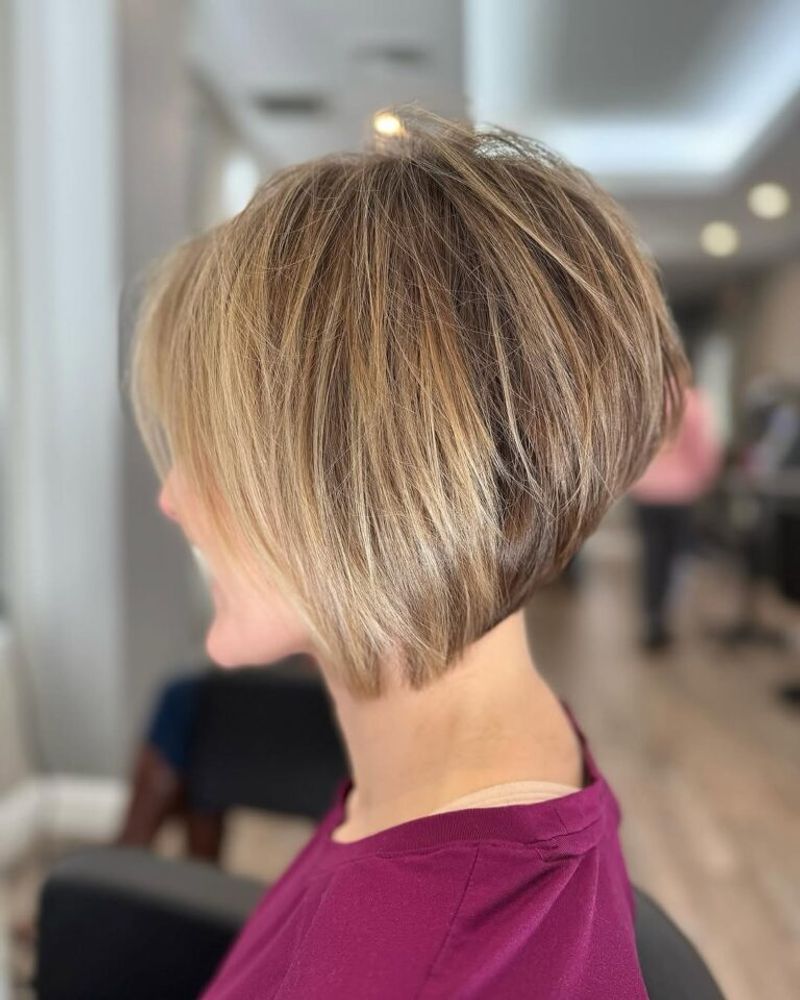Getting a new hairstyle might seem like a simple change, but during midlife, it can trigger a surprising emotional rollercoaster. Beyond just looking different in the mirror, a haircut can suddenly unearth feelings about aging, identity, and how others see us. Whether it’s going shorter, trying a bold color, or finally embracing those grays, here’s what might be happening beneath the surface when you change your look in your 40s and beyond.
1. Freedom from the Past
Snipping away those long locks often feels like cutting ties with your younger self. Many midlifers report an unexpected sense of liberation after making a dramatic hair change.
Gone are the styles you maintained because partners preferred them or because they were your signature look in your twenties. Your new bob or pixie cut represents breaking free from outdated versions of yourself.
Related: -7 Straight-Hair Problems No One Talks About And 8 Easy Fixes That Shine
This fresh start feeling extends beyond hair—suddenly you’re reconsidering other aspects of life you’ve outgrown. It’s as if those fallen strands carried the weight of expectations you no longer need to meet.
2. Identity Crisis Whispers
That stranger staring back from the mirror? Sometimes a dramatic haircut triggers existential questions about who you’ve become. The reflection suddenly feels unfamiliar—like meeting a version of yourself from a parallel universe.
Questions bubble up: Is this really me? Have I changed too much? Not enough? This momentary identity wobble happens because hair has always been deeply connected to how we see ourselves.
The good news is that this disorientation typically resolves as you adjust to your new look. Many find this brief crisis actually leads to greater self-awareness and comfort with the evolving person they’re becoming.
3. Rebellion Against Invisibility
Society has an unfortunate habit of making women over 40 feel increasingly invisible. Bright purple highlights or an edgy undercut becomes your declaration: “I refuse to disappear!” The vibrant color catches eyes in the grocery store, making your presence undeniable.
This rebellion often comes as a surprise even to yourself. You didn’t realize how much that cultural invisibility had been weighing on you until you saw people’s reactions to your bold new look.
Each compliment feels like confirmation that you still exist, still matter. Your hair becomes a conversation starter, pulling you back into a world that seemed to be forgetting you were there.
4. Grief for Youth’s Goodbye
Unexpected tears might come when that youthful long hair falls to the salon floor. You’re not just mourning hair—you’re processing the gradual farewell to your younger self. That practical shorter cut might be perfect for your busy life, but it symbolizes letting go.
This sadness catches many off guard because it seems silly to grieve hair. Yet it represents something deeper: acknowledging that certain chapters are closing. The woman who could spend an hour styling her hair each morning belongs to another era.
This melancholy usually passes, making way for appreciation of your current season. But honoring this grief matters—it’s part of accepting life’s continuous transitions.
5. Power Surge Confidence
Walking out of the salon with that perfect cut can unleash a confidence you forgot you had. Suddenly you’re standing taller, speaking more assertively in meetings, and taking less nonsense from everyone. This confidence boost feels like rediscovering a superpower.
The right hairstyle somehow aligns your outer appearance with your inner strength. You catch glimpses of yourself throughout the day and think, “Yes, THAT’S who I am!” This alignment creates an almost electric feeling of authenticity.
Many midlifers report making bold life decisions after significant hair changes—ending stale relationships, starting businesses, or pursuing dormant dreams. Something about reclaiming your image catalyzes other positive changes.
6. Social Identity Reshuffling
Friends’ reactions to your new look can be surprisingly revealing. Some cheer your boldness while others subtly discourage change—”I liked it better before” might actually mean “Your change makes me uncomfortable about my own choices.”
This social reshuffling feels disorienting at first. The friend who’s always supported you might struggle with your gray pixie cut, while an acquaintance suddenly becomes your biggest cheerleader. You’re learning who celebrates the evolving you versus who preferred the version they were comfortable with.
Many midlifers find this relationship clarification valuable, if uncomfortable. Your hair becomes an unexpected filter, showing which relationships can grow with you and which were rooted in who you used to be.
7. Unexpected Male Attention Shift
The types of people attracted to you can change dramatically with a new hairstyle. That sophisticated gray bob might suddenly attract intellectuals who never noticed you before, while your former beachy waves drew a different crowd entirely.
This attention shift can feel both flattering and disorienting. You’re the same person inside, yet somehow projecting a different energy that attracts new admirers. Many women report surprise at discovering how their hair had been unconsciously filtering their social interactions.
For those in long-term relationships, this new attention often reignites appreciation from partners who see others noticing you. Single midlifers sometimes find this shift helps attract connections more aligned with their current selves rather than who they were decades ago.
8. Authenticity Alignment Joy
Finally embracing your natural texture or color often brings unexpected joy. After decades of fighting your curls or covering grays, the relief of authenticity feels like putting down a heavy backpack you didn’t realize you were carrying.
Many describe this as finally becoming friends with their reflection. The person in the mirror matches the person inside—perhaps for the first time since adolescence. This congruence creates a peaceful feeling that ripples through other areas of life.
Women especially report that authenticity in appearance correlates with being more truthful in relationships and work. Once you stop pretending with your hair, other masks become uncomfortable too. The result is relationships based on who you actually are, not who you’ve been pretending to be.
9. Professional Recalibration
A significant hair change often triggers workplace identity questions. Will clients take you seriously with this edgy cut? Does embracing gray hair signal career disengagement? These concerns surface because hair remains tied to professional perception, especially for women.
Surprisingly, many find their new look actually enhances their career. That confident pixie cut or distinguished salt-and-pepper style often commands more respect than attempts to maintain youthful styles. Colleagues see the authentic you—someone comfortable enough in their expertise to present themselves honestly.
The initial anxiety typically gives way to a professional recalibration where your appearance and experience align better. Many report that once they stopped trying to look like their younger colleagues, their wisdom and experience became their most valued professional assets.
10. Cultural Expectation Defiance
Different cultures have strong opinions about appropriate hair for midlife women. Chopping off long hair or letting gray show can feel like a political statement when you come from a background with strict beauty standards for women of a certain age.
Many report surprise at how liberating this defiance feels. Each compliment on your silver pixie cut becomes a small victory against outdated rules. You’re creating space for other women to make similar choices, becoming an unexpected rebel simply by being authentic.
This cultural navigation can be complicated but rewarding. Family members might initially resist your change while strangers applaud your courage. Finding community with others making similar choices becomes especially valuable during this transition.
11. Parental Role Evolution
Your teenager’s horrified reaction to your purple highlights might trigger unexpected reflection on your evolving parental identity. As children grow up, your hair becomes a canvas for reclaiming personal expression beyond just being someone’s mom or dad.
This role shift feels both liberating and disorienting. For years, your appearance choices considered how they reflected on your children. Now, that edgy undercut represents permission to prioritize your own identity again. Many parents report surprise at how emotional this transition feels.
The pushback from older children often masks their own anxiety about your changing identity. Your hair evolution signals their changing place in your life—a necessary but sometimes uncomfortable growth for both generations as they establish adult relationships.
12. Rediscovered Playfulness
Remember when changing your hair was fun, not fraught with meaning? Many midlifers report delightful surprise at rediscovering the simple joy of transformation. That spontaneous decision to add blue streaks reconnects you with your more experimental younger self.
This playfulness often spills into other areas of life. Suddenly you’re trying new recipes, signing up for dance classes, or wearing colors you’d previously deemed “too young.” Your hair becomes permission to experiment again after years of responsible, practical choices.
Many find this playfulness especially valuable during midlife transitions like empty nesting or career changes. It reminds you that reinvention can be joyful rather than scary, helping navigate bigger life changes with a sense of adventure rather than dread.
13. Generational Beauty Standard Reckoning
Your mother’s voice might echo in your head when you consider that dramatic haircut: “Women over 40 shouldn’t have long hair.” Or perhaps the opposite: “Cutting your hair short means giving up.” Either way, these inherited beauty rules suddenly demand examination.
Many find themselves mentally arguing with previous generations about what’s “appropriate” for their age. This internal debate often reveals how deeply we’ve internalized arbitrary standards about how women should age. The simple act of choosing a hairstyle becomes an archaeological dig through layers of gendered expectations.
The freedom comes in consciously deciding which rules still serve you and which to discard. Your hair becomes a declaration of which generation’s standards you’re choosing to live by—or whether you’re creating entirely new ones.

